Hemidactylus turcicus
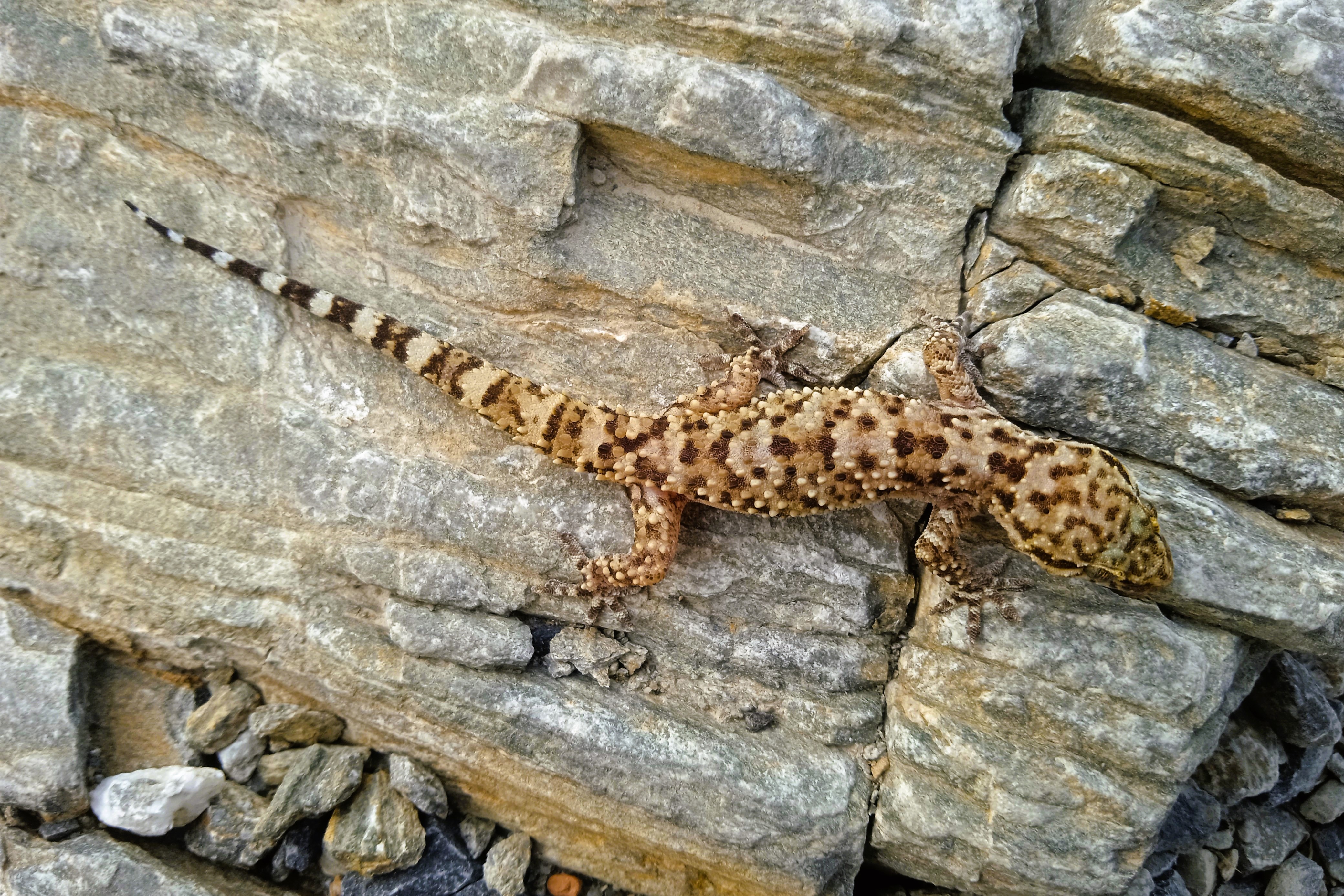

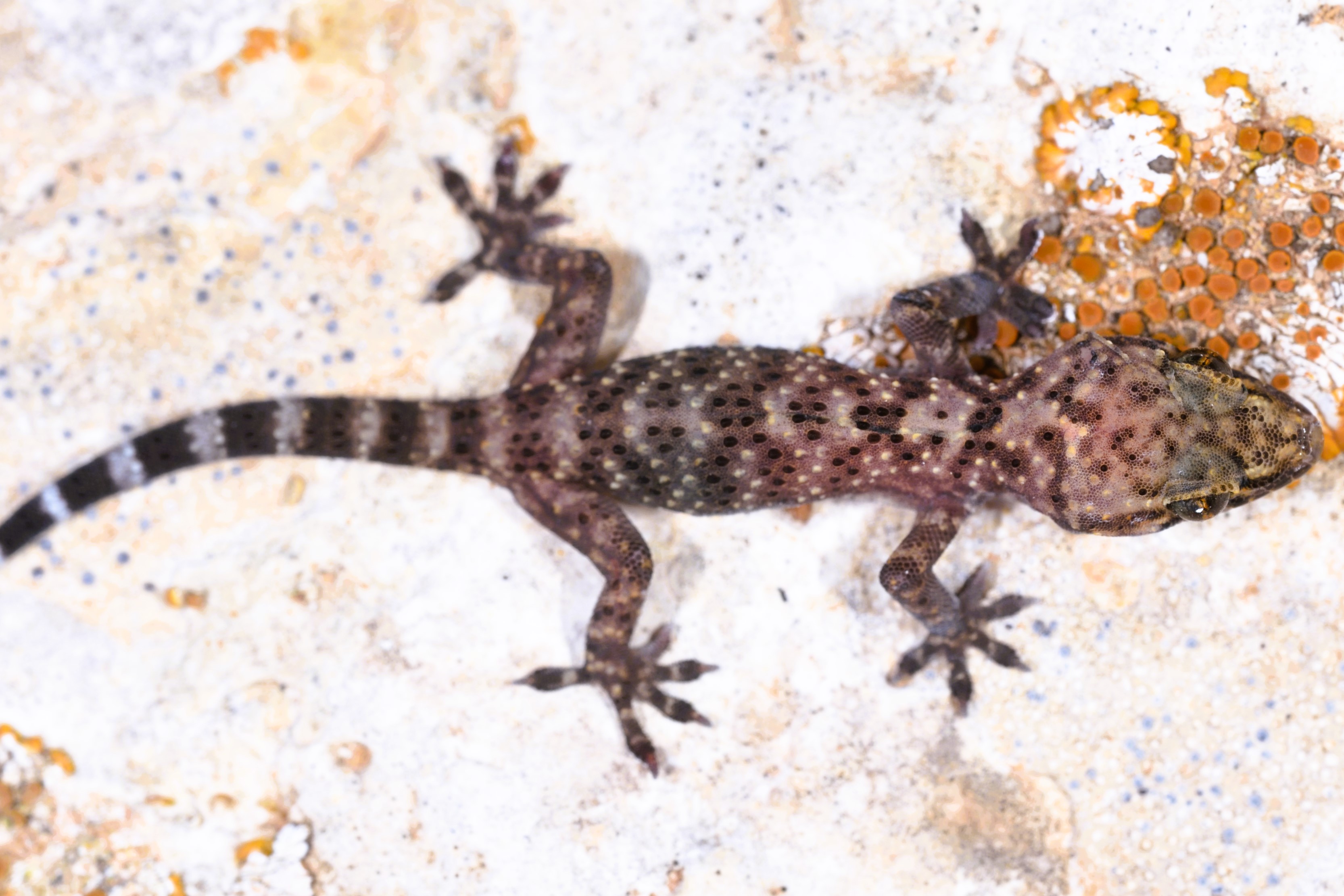
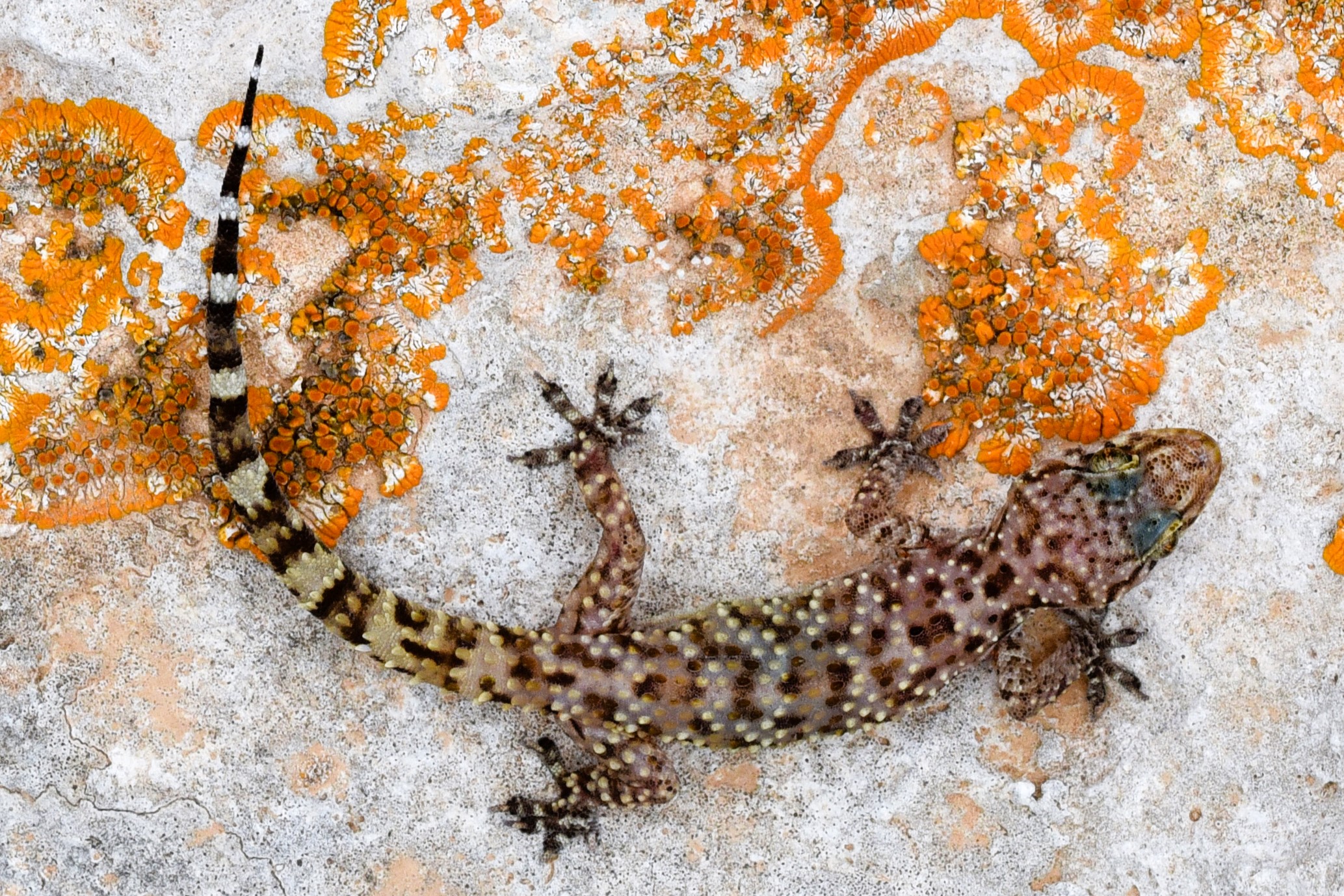
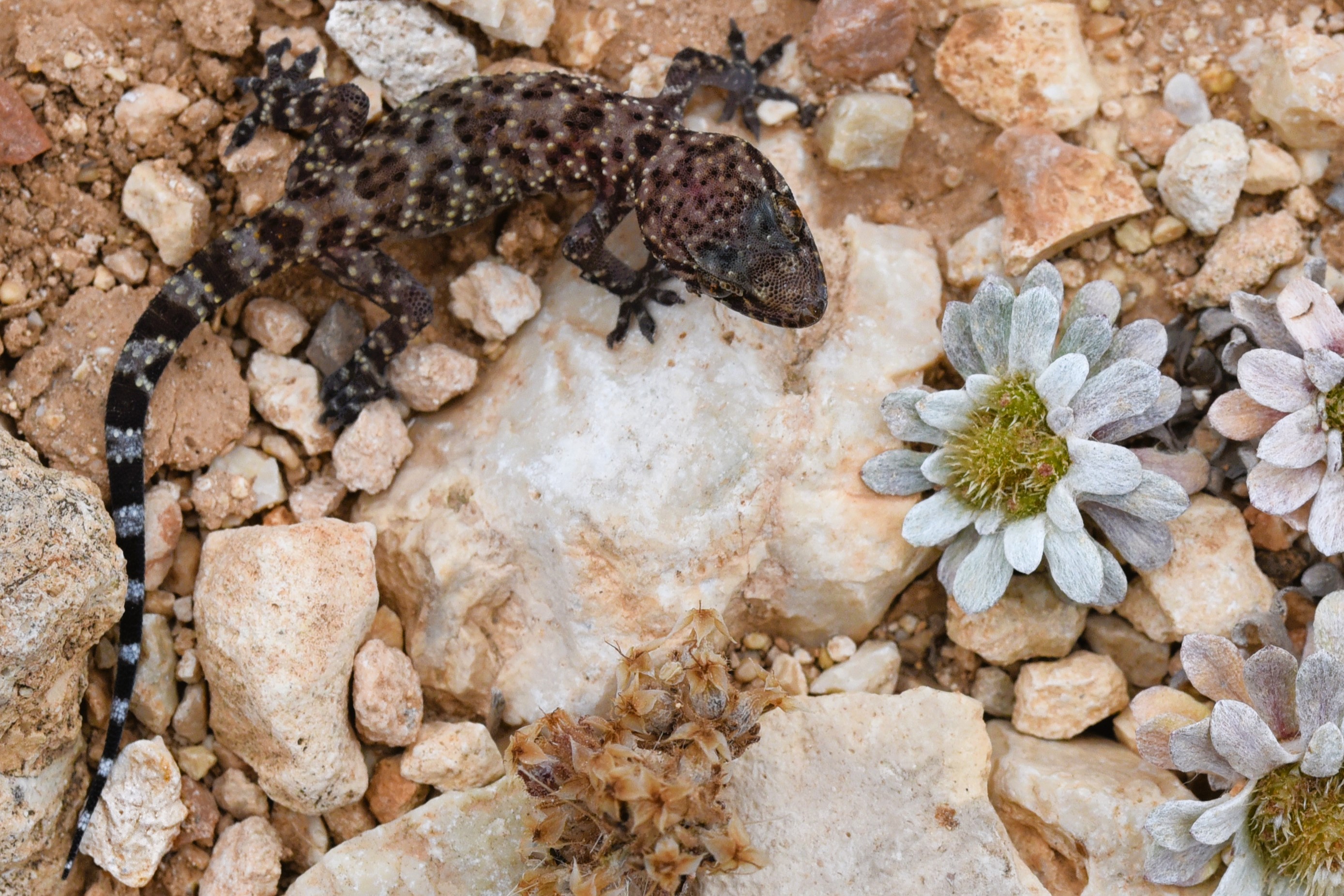
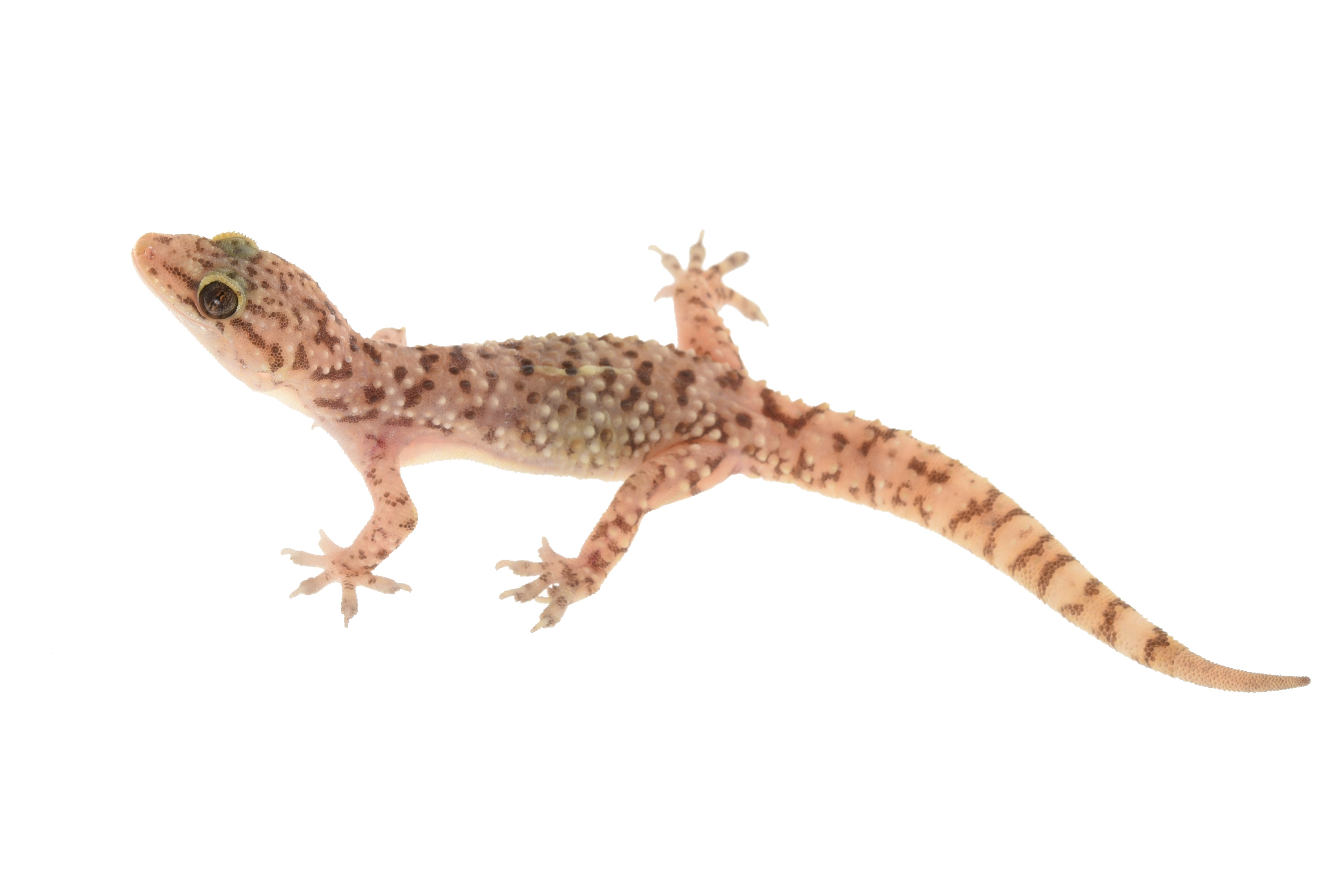
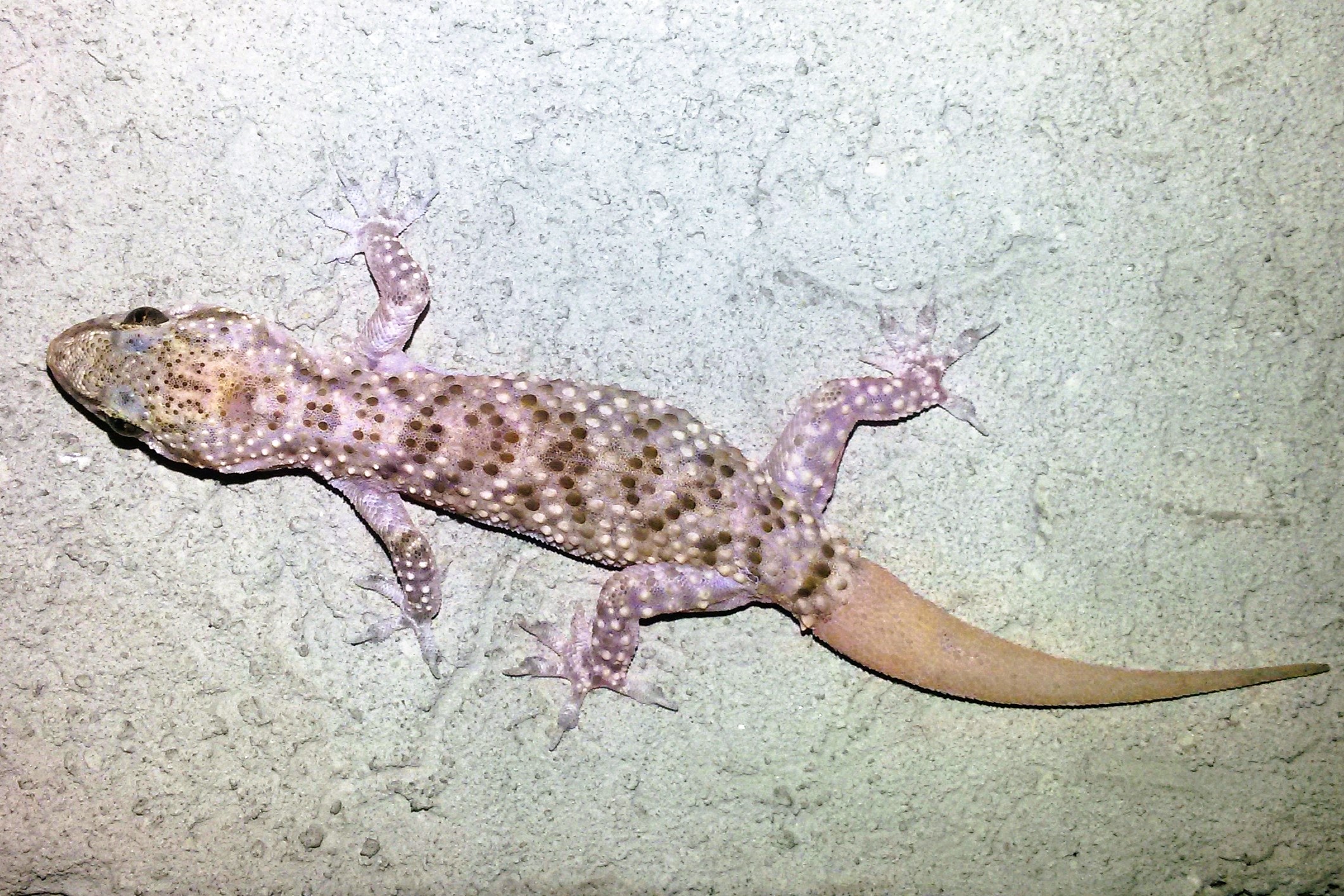
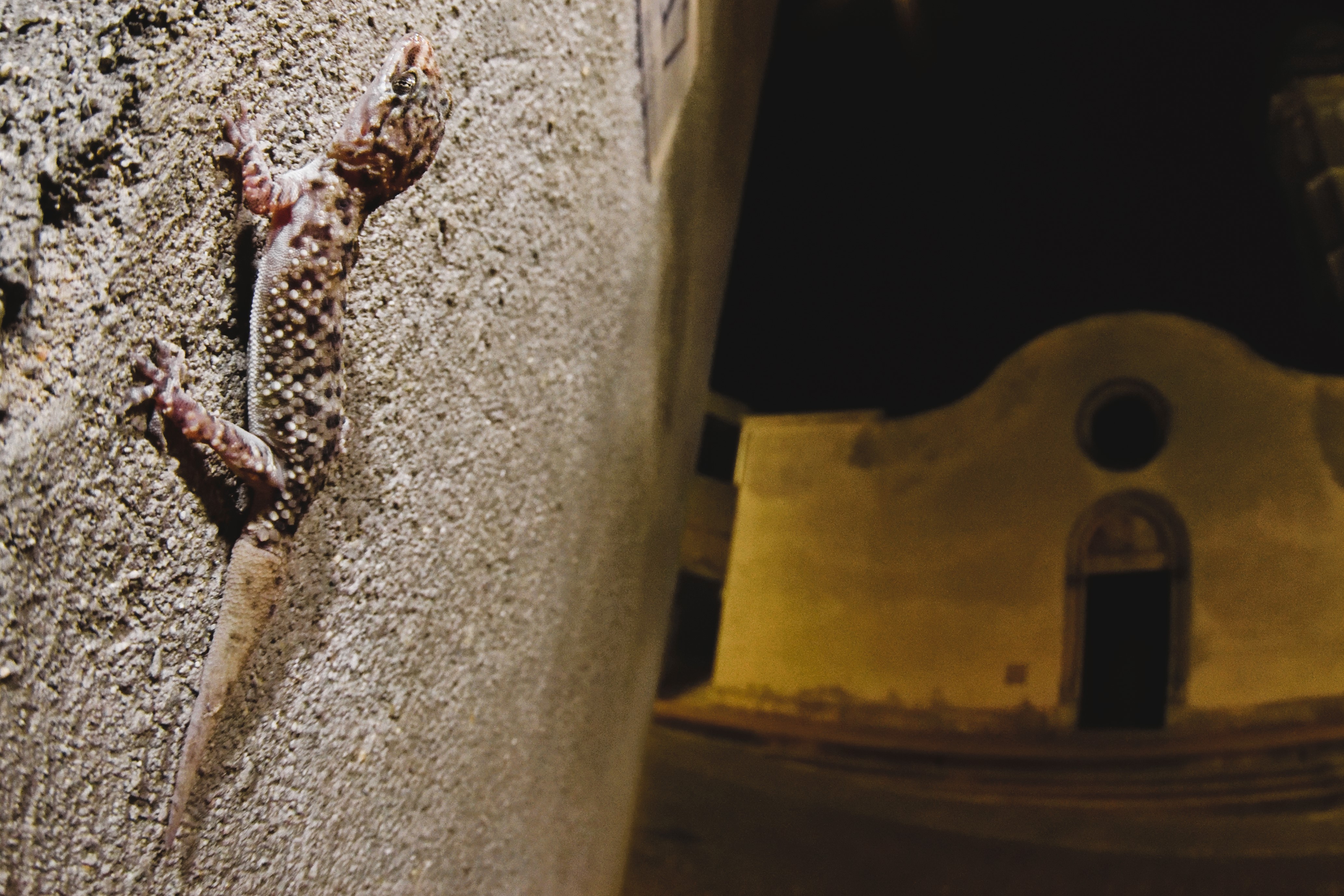
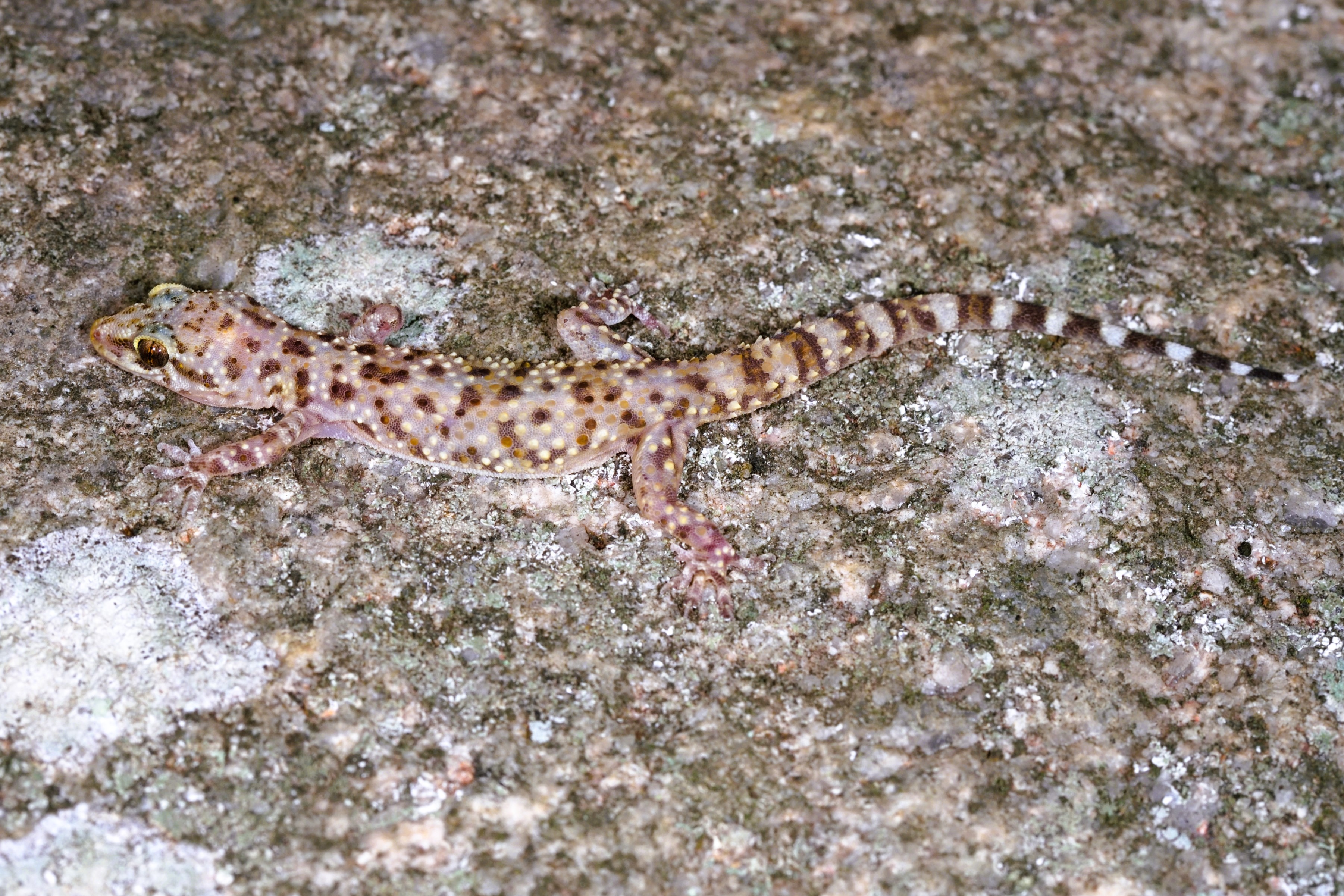

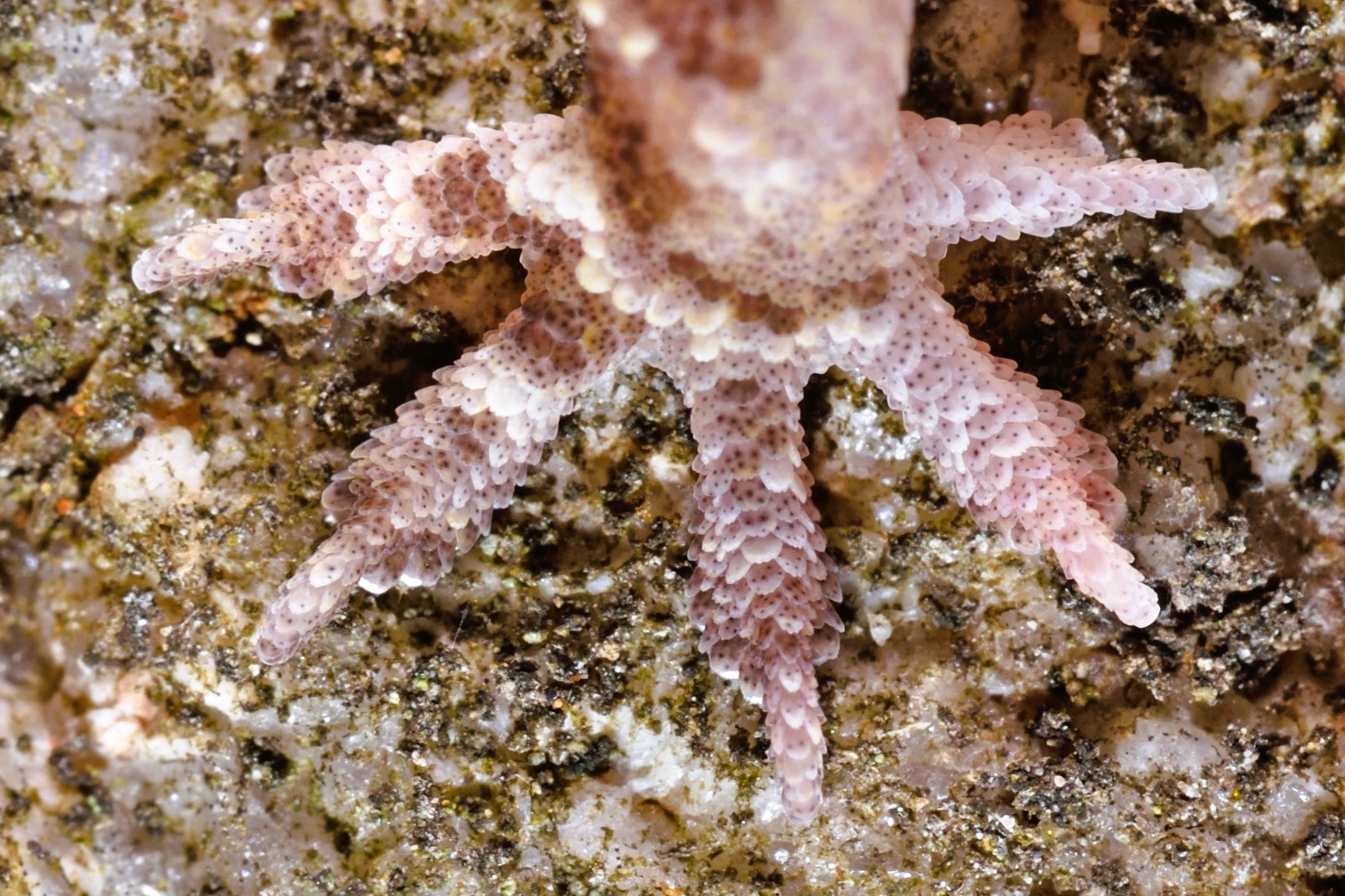
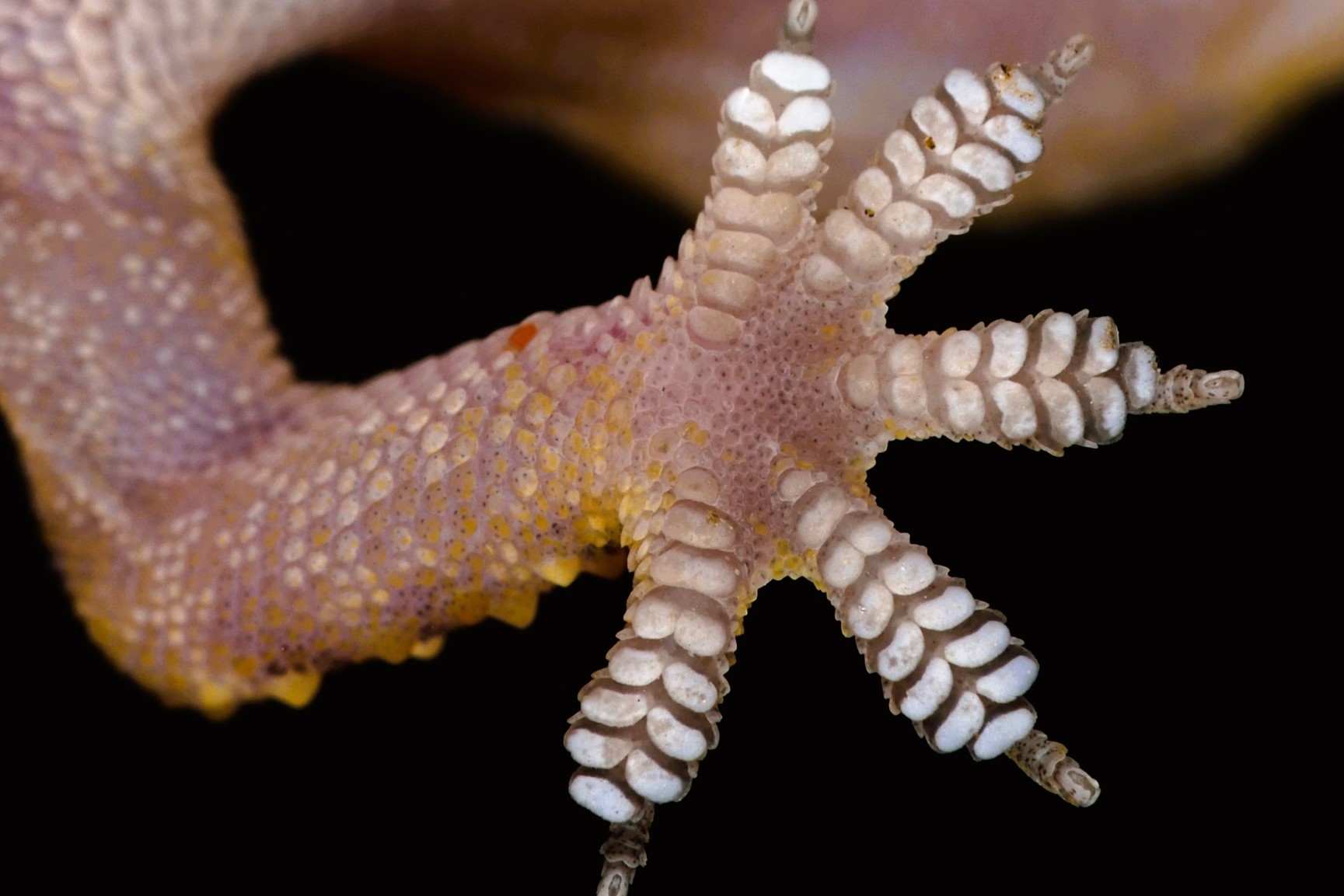
Reptilia → Squamata → Gekkonidae → Hemidactylus → Hemidactylus turcicus
Ciattua, Scurpiùn, Scurpiunàssu
The Turkish Gecko or Warty Gecko ( Hemidactylus turcicus ) is a small lizard with a distinctive appearance that rarely exceeds 4 in (10 cm) in length.
The slender body carries numerous prominent tubercles on the back and tail, while the legs are equipped with characteristic horn-like lamellae split in the middle, which do not reach the tips of the toes as seen in the Common Gecko ( Tarentola mauritanica ).
The back is generally a pale pink, dotted with irregular dark spots, while the belly is unmarked, appearing light and translucent.
Juveniles often show dark bands on the tail.
The eyes, large and lacking movable eyelids, facilitate night vision—a useful trait for their crepuscular and nocturnal lifestyle.
Agile and quick both on vertical surfaces and ceilings, it uses the adhesive properties of its feet to reach the most inaccessible corners of houses and natural environments.
The species is native to the coastal areas of the Mediterranean Sea, including southern Europe, northern Africa, and southwestern Asia.
Accidentally introduced in some areas of North America (USA, especially Gulf of Mexico states), it has become well established there.
In Liguria and the province of Savona, the Warty Gecko is present but generally uncommon.
It primarily inhabits coastal zones, usually not exceeding 330 ft (100 m) in altitude, and is absent from inland regions beyond the Tyrrhenian divide.
It prefers dry stone walls, rocks, old buildings, cliffs, and caves located in the warmest and sunniest coastal areas.
It is not uncommon to observe this gecko near human settlements, where it hunts insects attracted by artificial light.
The ideal habitat includes crevices, cracks, and shelters that it uses during the day to hide from predators and temperature swings.
A nocturnal and crepuscular species, the Turkish Gecko exhibits remarkable agility and speed, making it an efficient predator and excellent climber.
During daylight hours, it shelters in well-protected crevices, becoming active at dusk and at night for hunting.
Adult males can be territorial and emit plaintive calls to defend their area.
The breeding period runs from March to July; each female lays one or two eggs at a time, two or three times a year, choosing hidden, protected locations.
The young are born fully self-sufficient.
The Warty Gecko is mainly insectivorous, hunting a wide range of nocturnal prey.
Studies on populations introduced in the USA have highlighted some differentiation between the sexes in food choice: females prefer ground-dwelling animals, such as arachnids and isopods, while males more often hunt flying insects (orthopterans, lepidopterans, homopterans).
Diet varies according to age and individual size: adults feed on larger prey, while juveniles focus on smaller organisms.
Major predators include snakes, nocturnal and diurnal raptors, hedgehogs (Erinaceus europaeus), and other small mammals.
Although fairly skilled at avoiding danger, mortality can be high among the young.
When threatened, the Warty Gecko exhibits caudal autotomy: with a muscular contraction, a portion of the tail detaches and continues to move, confusing the predator and allowing the lizard to escape.
Tail regeneration takes several weeks and the new section is generally thicker and of uniform color, lacking the typical dark bands seen in juveniles.